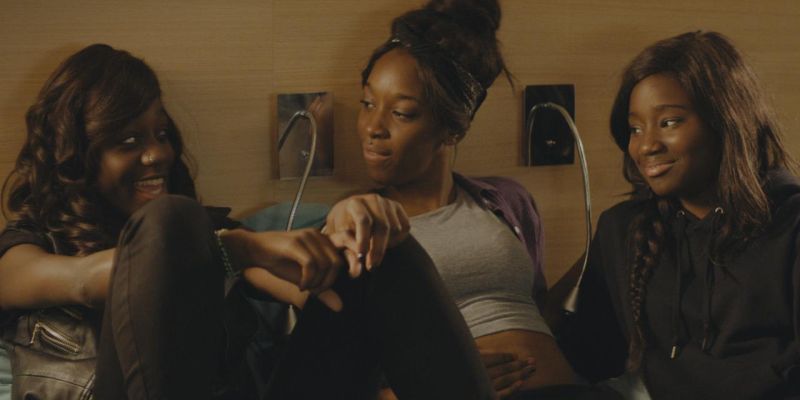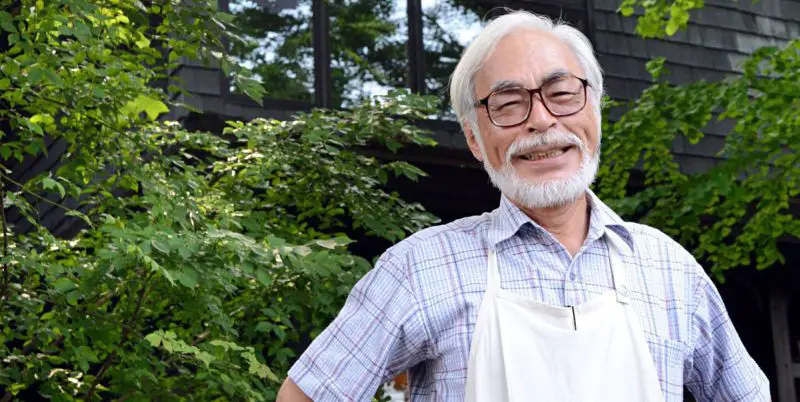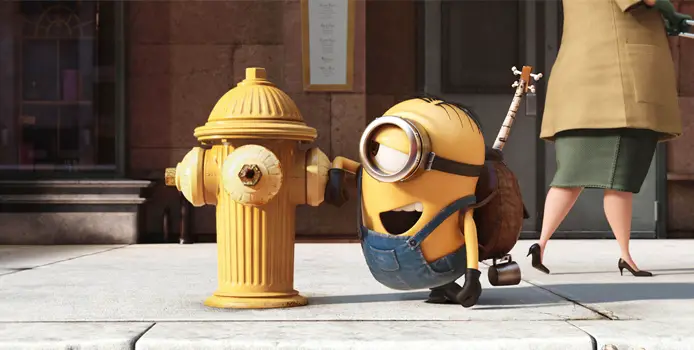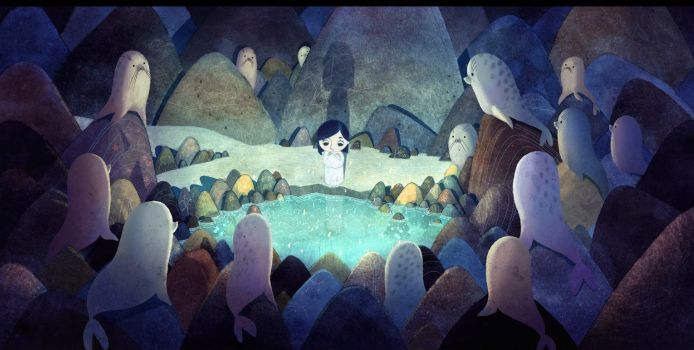animation

Zootopia is the cinematic equivalent of a Dr. Seuss novel; though mostly made for kids, it resonates with deeper and socially relevant themes. The political landscape from which this film was born is apparent almost from the start, and though at times less than subtle with its agenda, it still manages to be an incredibly witty, emotional and entertaining movie experience.

Like all social groups, people with disability have been portrayed in diverse ways in Hollywood, from stereotypical representations in horror to genuine inspirations in melodramas. Disability is represented as a metaphor through imagery or characters’ features, or as a direct subject within the narrative. The entire concept of genre is recycled from elements within society, and the relevant features of each specifically labels the disabled into a certain character type.
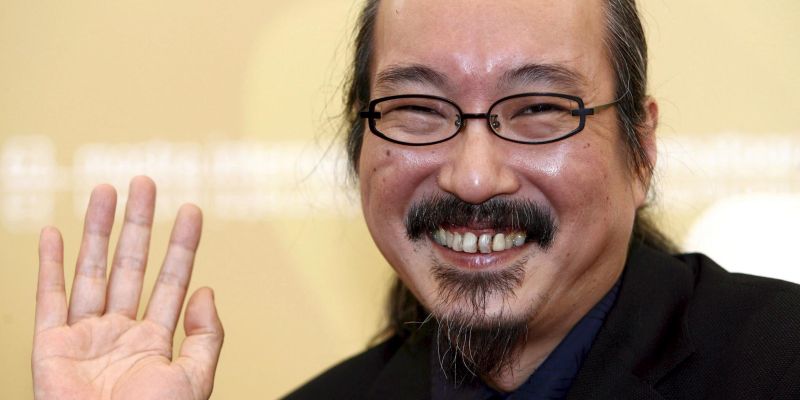
Among the animation giants of Disney and DreamWorks, it’s good to recognize directors who have perfected their craft outside the western sphere, and we’re not talking Hayao Miyazaki here (although he’s but a stone’s throw away). Satoshi Kon is a Japanese anime director known for his blending of fantasy and reality in his slickly edited films. In contrast to the magical animated realities of Studio Ghibli, Kon’s realities are completely grounded in the modern era, their subject matter rooted in the intertwining of identity and technology.
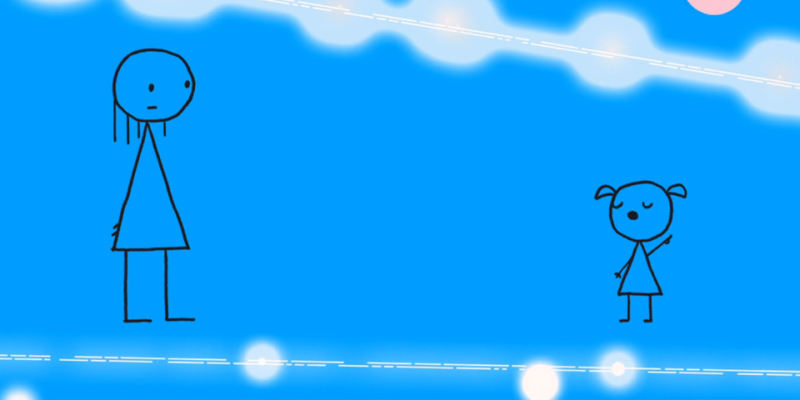
It is always nice to visit the short films that people work so hard on but you never really think about viewing. It is not until the Oscars that these films get any mainstream attention, and that is one of the best things the Oscars provides to filmmakers. This year’s nominees are strong, featuring sad bears, old men who desperately want hand-drawn animation to survive, clumsy cosmonauts, Hindu superheroes, and some brilliant sci-fi.
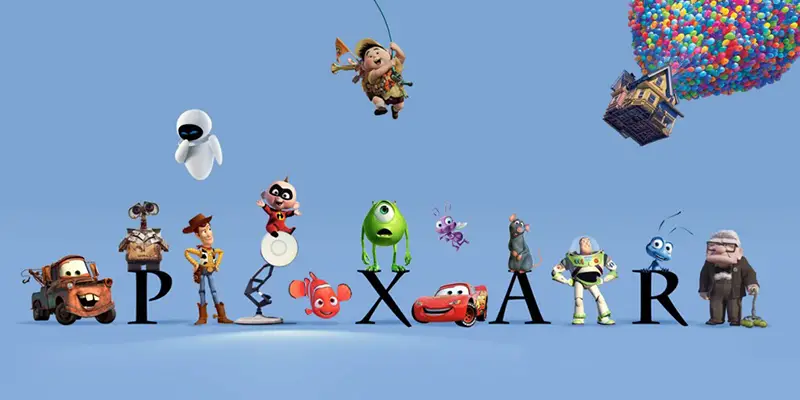
Like a variety of genres in Hollywood, animation is a growing field that has been significant in various forms of media. There have been successful corporations across the globe that are not only skilled in putting hand-drawings and computer graphics to motion, but are also creative in their storytelling. Pixar Animation Studios is a vital example of an exceedingly successful animation company with an abundance of projects that have become cultural favourites.

Is it selfish for adults to demand more from children’s entertainment? Adults have access to a wealth of different mediums of entertainment to enjoy, so should we crave animated films, mostly intended for a younger audience, to cater towards adult audiences? Indicators of these include dealing with deeper and darker themes, adult-only jokes/pop culture references and generally being an entertaining film that doesn’t go for the lowest common denominator.

Design studio Art & Graft have injected a welcome sense of humour into 1150 Canyon Road, a dark and stylish crime animation. The London-based animation team, led by creative director Mike Moloney, have done a stunning job of throwing together a narrative and several brilliant characters in just two and a half minutes and a single shot. Combining the paranoid, ’80s crime caper themes of L.
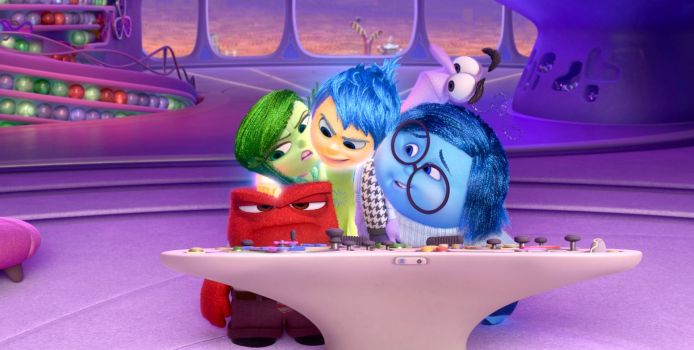
Inside Out is the latest in a long line of Pixar films that deal with the personification of something that you may have thought to be emotionless. Rather than bugs, toys, or fish this time, though, it is dealing directly with emotions themselves. What if the inner workings of our head were similar to an operational business, where our emotions literally guide and influence the actions in our daily life?
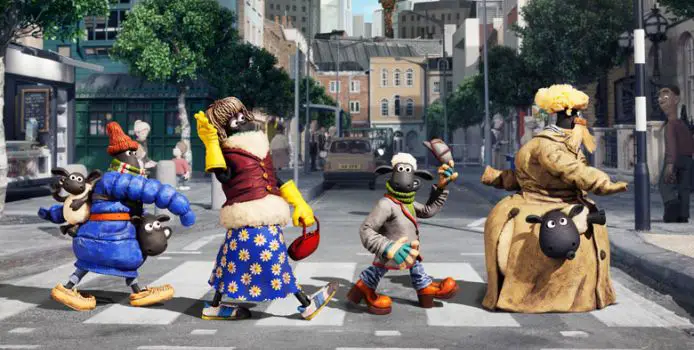
There is no formula for making a perfect kids film, yet studios have set up entire animated devisions that churn out movies under the tried-and-tested “jokes for the parents and jokes for the kids” formula. The twin assumptions that filmmakers don’t feel children are sophisticated enough to understand certain jokes in a movie tailor-made for them and that parents also need to be pandered to in order for them to enjoy the film are relatively new. After all, back in the early days of silent cinema, most movies were experiences for the entire family, with everybody (no matter how young or old) being catered to equally.
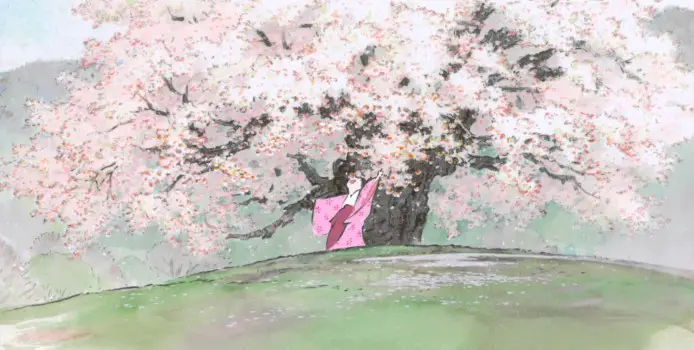
The Tale of the Princess Kaguya tells the folklore of a Japanese princess born from a bamboo stalk in the heavens and raised as the child of an elderly agrarian couple. She lives and grows up rapidly right before our eyes, just like the bamboo from which she was bred. She was meant to live a more “normal” life, though, and is soon thrust into a lifestyle that contradicts her humble upbringings.
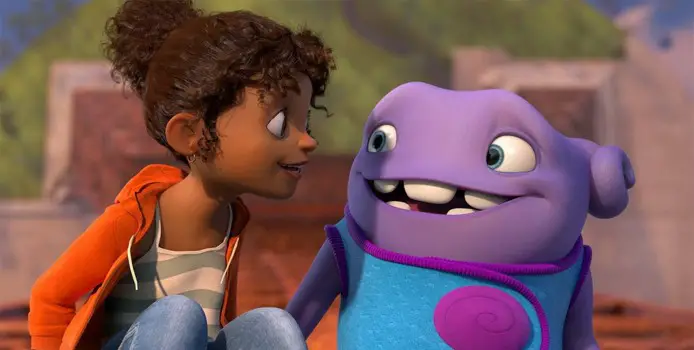
An animated film that is targeted towards young children should be colorful, with lots of movement and hopefully an outlandish character or two. Most importantly, though, it must have heart. It should tackle themes that are important to kids, and provide lessons that they can take away from the cinema and begin to apply to real life, not just in the way that they behave but also in the way that they understand the world around them.


